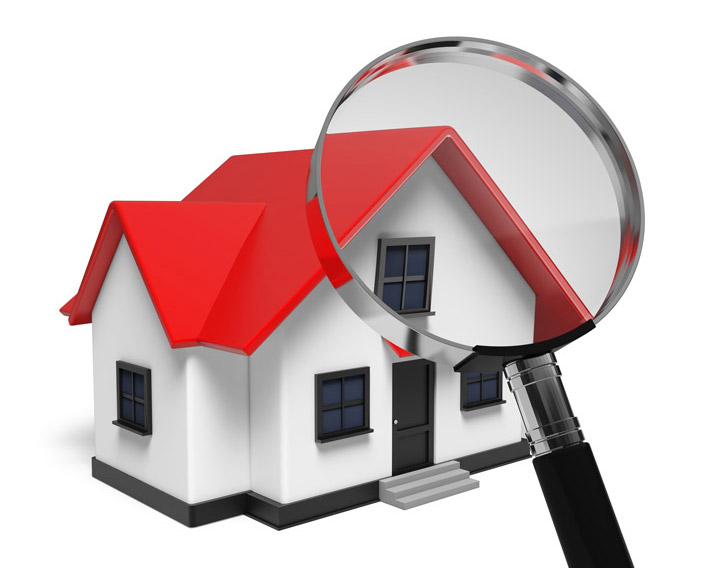
A Description of the Appraisal ProcessA home purchase is the most important transaction most could ever make. It doesn't matter if a main residence, an additional vacation home or one of many rentals, purchasing real property is a detailed transaction that requires multiple parties to make it all happen. Practically all the participants are very familiar. The most familiar entity in the exchange is the real estate agent. Then, the mortgage company provides the financial capital necessary to bankroll the transaction. And ensuring all areas of the sale are completed and that the title is clear to transfer from the seller to the buyer is the title company. So, what party is responsible for making sure the real estate is worth the purchase price? This is where you meet the appraiser. We provide an unbiased opinion of what a buyer could expect to pay — or a seller receive — for a parcel of real estate, where both buyer and seller are informed parties. A licensed, certified, professional appraiser from Grayson Philips Appraisal Company will ensure, you as an interested party, are informed. Inspecting the subject propertyTo determine the true status of the property, it's our duty to first complete a thorough inspection. We must see aspects of the property hands on, such as the number of bedrooms and bathrooms, the location, amenities, etc., to ensure they indeed are present and are in the shape a reasonable person would expect them to be. The inspection often includes a sketch of the property, ensuring the square footage is correct and conveying the layout of the property. Most importantly, the appraiser looks for any obvious features - or defects - that would have an impact on the value of the house. Once the site has been inspected, we use two or three approaches to determining the value of real property: paired sales analysis and, in the case of a rental property, an income approach. 
Cost ApproachThis is where the appraiser uses information on local building costs, the cost of labor and other factors to ascertain how much it would cost to construct a property comparable to the one being appraised. This estimate often sets the maximum on what a property would sell for. It's also the least used predictor of value. 
Paired Sales AnalysisAppraisers are intimately familiar with the communities in which they work. They thoroughly understand the value of specific features to the people of that area. Then, the appraiser researches recent transactions in the neighborhood and finds properties which are 'comparable' to the home being appraised. By assigning a dollar value to certain items such as square footage, extra bathrooms, hardwood floors, fireplaces or view lots (just to name a few), we add or subtract from each comparable's sales price so that they more accurately match the features of subject property.
In the end, the appraiser reconciles the adjusted sales prices of all the comps and then derives an opinion of what the subject could sell for. At Grayson Philips Appraisal Company, we are an authority in knowing the worth of real estate features in Norman and Cleveland County neighborhoods. The sales comparison approach to value is commonly given the most consideration when an appraisal is for a real estate exchange. Valuation Using the Income ApproachA third way of valuing real estate is sometimes applied when a neighborhood has a reasonable number of rental properties. In this scenario, the amount of revenue the property yields is factored in with other rents in the area for comparable properties to determine the current value. Coming Up With The Final ValueAnalyzing the data from all approaches, the appraiser is then ready to put down an estimated market value for the subject property. Note: While the appraised value is probably the best indication of what a property is worth, it probably will not be the price at which the property closes. There are always mitigating factors such as seller motivation, urgency or 'bidding wars' that may adjust the final price up or down. But the appraised value is often used as a guideline for lenders who don't want to loan a buyer more money than they could recover in the event they had to sell the property again. At the end of the day, an appraiser from Grayson Philips Appraisal Company will help you attain the most accurate property value, so you can make profitable real estate decisions. |